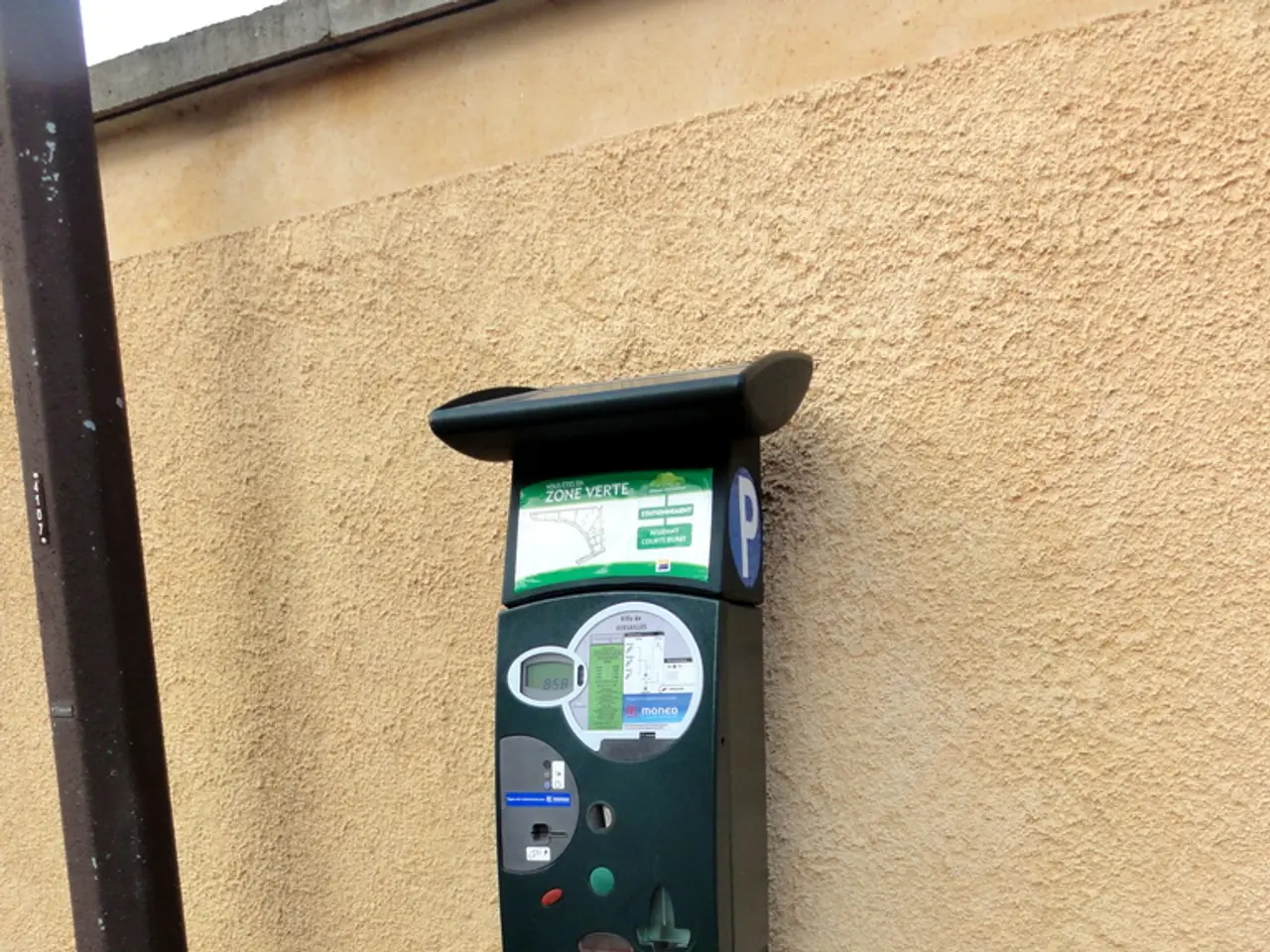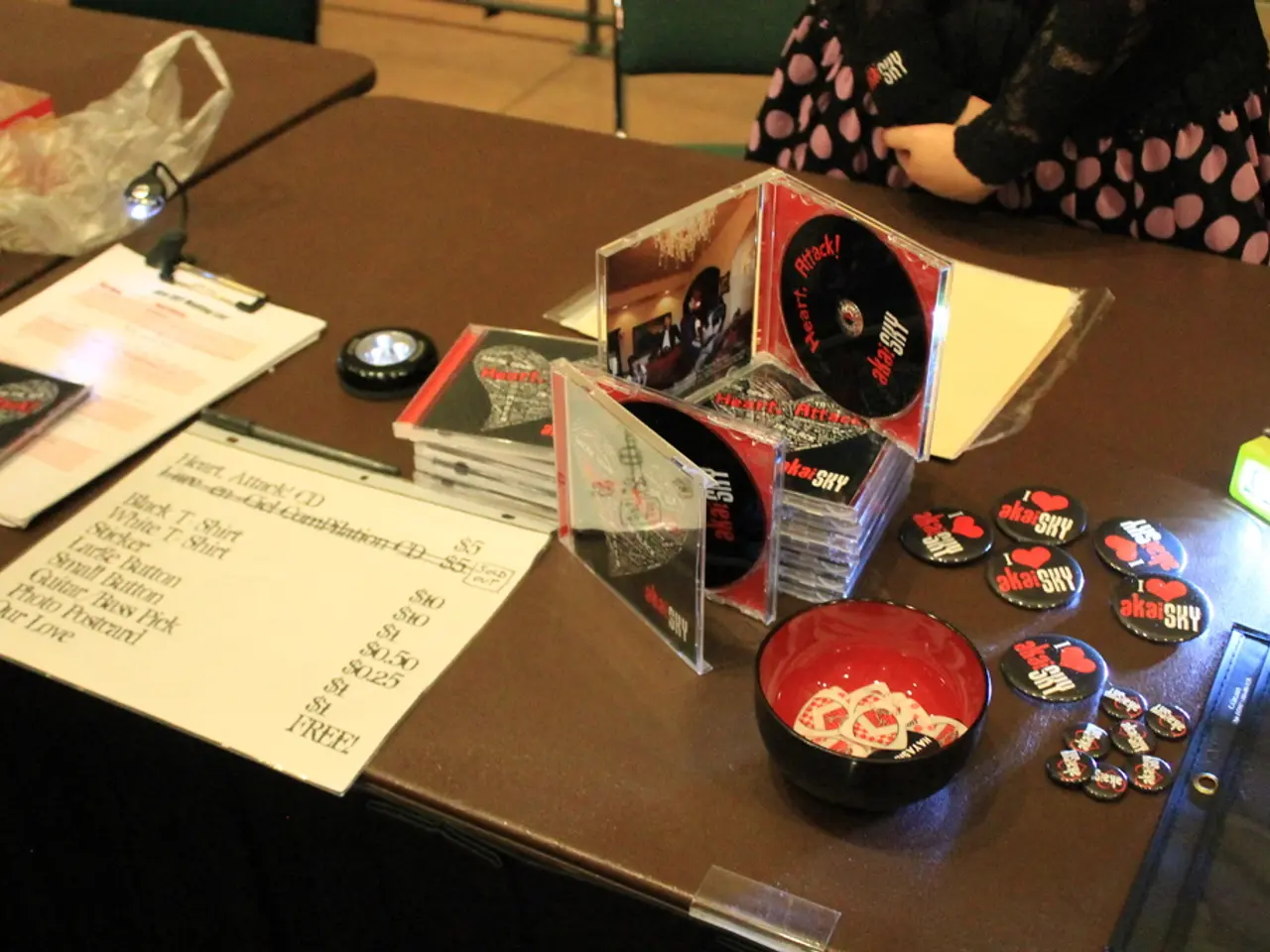The Transformation of Audio Recording Mediums: From Analog Magnetic Strips to Modern Digital Waves in Tape Technology
In the early 1990s, compact discs (CDs) took over the music market, surpassing cassette tapes due to their reliability and durability. However, the story of cassette tapes is far from over. In recent years, there has been a resurgence of interest in these vintage formats, driven by nostalgia and a desire for a more tangible, physical music experience.
Magnetic tape recording technology, which evolved in the early 20th century, transformed the music industry and how people consume music. One of its key contributions was improved sound quality and editing. Developed in Germany in the 1930s and popularized in the US post-World War II, magnetic tape offered superior sound fidelity compared to earlier recording methods like disc recording. It allowed for seamless recording and playback with much less noise and distortion, enabling producers to craft flawless final recordings from multiple takes.
The shift from live to pre-recorded broadcasts was another significant impact. Before tape, radio broadcasts were typically live because disc recording quality was poor. Magnetic tape made it possible to pre-record shows with much higher quality, as demonstrated by Bing Crosby, a major star, who embraced tape for pre-recording his radio shows, allowing more relaxed and superior productions that could be edited before broadcast.
The most revolutionary impact of tape technology was multitrack recording in the 1950s and '60s. This allowed separate recording of different instruments and vocals on different tracks, which could be mixed and overdubbed independently. Iconic artists like The Beatles and The Beach Boys used multitracking extensively, creating complex, layered productions impossible with live or single-track recording.
By the late 1960s, the availability of affordable multitrack tape recorders allowed individual artists and small studios to experiment with recording techniques, broadening the landscape of music production. The Beach Boys' *Pet Sounds* (1966) exemplifies this creative leap, utilizing four-track and eight-track tape recorders for intricate arrangements.
The cassette tape gained traction as a medium for music distribution in the 1980s, particularly among independent artists and record labels. The cassette tape's ability to be used for both recording and playback made it an instant favorite among music lovers. The Sony Walkman, released in 1979, played a pivotal role in solidifying the cassette tape's dominance in personal audio consumption.
The digital revolution in the 1990s and early 2000s led to the advent of MP3 technology, allowing music to be easily compressed into digital files. Streaming services like Spotify and Apple Music emerged in the late 2000s, shifting the focus from physical media to cloud-based audio.
Despite this shift, the appeal of cassette tapes goes beyond their sound quality. Many consumers are drawn to the artwork and physicality of the format. Record stores and online marketplaces have seen an uptick in cassette tape sales, with indie bands and labels often releasing limited-edition cassette tapes as part of their marketing efforts.
In conclusion, magnetic tape recording revolutionized music by enhancing fidelity, enabling complex production techniques through multitracking, allowing pre-recorded broadcasts, and ultimately reshaping both the creation and consumption of music in the 20th century. These advances paved the way for modern recording and playback technologies that continue to influence music today.
- The resurgence of cassette tapes in recent years can be attributed to their unique combination of nostalgia, a desire for a more tangible music experience, and the improved sound quality that magnetic tape offers, following the evolution of tape technology in the early 20th century.
- The tech industry continues to find new ways to integrate aspects of classic gadgets such as cassette tapes into modern entertainment, as demonstrated by the growing trend of limited-edition cassette tape releases from indie bands and labels.
- While technology has shifted the focus from physical media to cloud-based audio in modern music consumption, appreciation for vintage formats like cassette tapes persists due to their connection to the history of tech and music trends.




